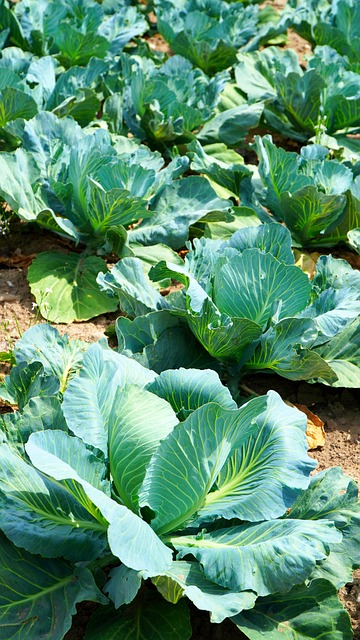Understanding Organic Food: Farming, Meat, and Animal Welfare
Organic food refers to products grown and produced according to specific standards that limit synthetic inputs and emphasize natural processes. Consumers often look to organic options for environmental reasons, perceived health benefits, or concern for animal welfare. The term covers fruits, vegetables, dairy, and meat, and it is shaped by regulations that vary by country and certification body.

This article is for informational purposes only and should not be considered medical advice. Please consult a qualified healthcare professional for personalized guidance and treatment.
What makes food labeled organic?
Food labeled organic typically comes from farming systems that avoid synthetic pesticides, herbicides, and genetically modified organisms. Organic certification usually requires soil management practices that build fertility naturally, such as crop rotation, cover cropping, and composting. Processed organic foods must meet rules about allowable additives and must be produced separately from non-organic items to prevent contamination. Labeling and standards differ between countries, so consumers should check local certification marks to understand exactly which practices were required for a given product.
What practices occur on an organic farm?
On an organic farm, emphasis is placed on ecological balance and sustainable practices. Farmers manage soil health through organic matter inputs and biological activity rather than relying on mineral fertilizers. Pest control leans on mechanical, biological, and cultural techniques—like beneficial insects, trap crops, and timely planting—rather than routine chemical sprays. Water management and biodiversity are also central considerations, with many organic farms maintaining habitat features such as hedgerows or ponds to support beneficial species and reduce erosion. Record-keeping and traceability are part of maintaining certification.
How do organic standards affect meat production?
Organic meat production includes rules that apply to animal feed, drug use, and living conditions. Animals raised for organic meat must receive feed that is itself organic, avoiding most synthetic pesticides and fertilizers in feed crops. The routine use of antibiotics and growth-promoting hormones is generally prohibited; antibiotics may only be used to treat illness under veterinary direction, sometimes affecting the animal’s organic status. Slaughter and processing steps must also comply with organic processing rules. Because organic meat production often requires alternative inputs and practices, it can differ in cost and availability from conventional meat.
How are animals treated in organic systems?
Animal welfare considerations are prominent in organic standards, which commonly require access to the outdoors, adequate space, and opportunities for natural behaviors. Housing, bedding, and handling practices are designed to reduce stress and disease pressure without relying on routine antibiotic treatments. Grazing and pasture access are often mandated for ruminants like cattle and sheep, supporting a diet closer to their natural intake. Specific welfare rules vary by certifier and region, so consumers interested in particular animal treatment practices should review the certification details or contact producers in your area.
What role does the farmer play in organic production?
The farmer is central to implementing organic principles, from planning crop rotations to managing pasture and livestock health. Successful organic farming depends on knowledge of soil ecology, pest management, and animal husbandry that uses preventive measures rather than chemical fixes. Farmers must maintain detailed records for certification, navigate market channels for organic food, and often invest in different equipment or infrastructure—for example, for composting or segregated processing. Many organic farmers also engage directly with consumers through farmers’ markets, community-supported agriculture, or local services that emphasize traceability and transparency.
Conclusion
Organic food represents a system of production that links how crops are grown and animals are raised to broader concerns about environmental impact, animal health, and food integrity. Certification provides a framework for consistent practices, but standards vary by country and program, so consumers should read labels and certification marks to understand what a given product represents. Choosing organic can reflect values about soil health, reduced synthetic chemical use, and animal welfare; it is one option among many for those seeking to align food purchases with environmental or ethical priorities.




